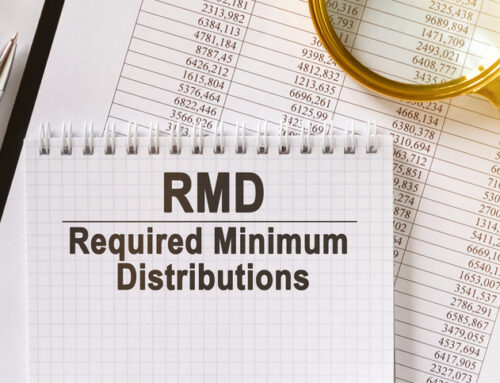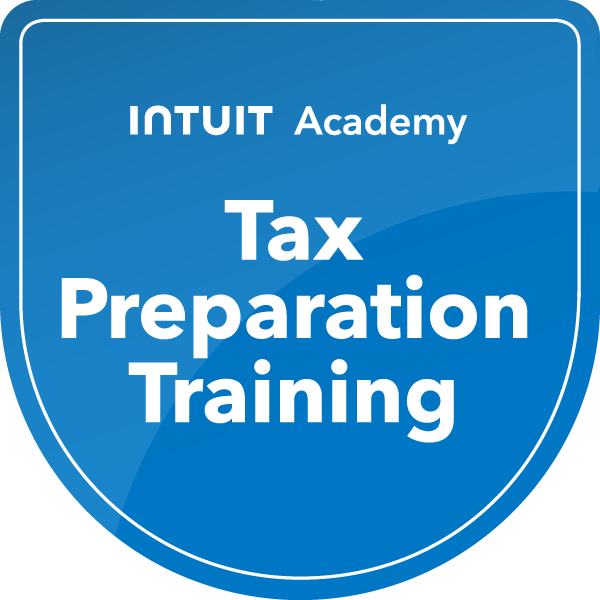The One Big Beautiful Bill Act (OBBBA) introduces several tax policy updates that carry meaningful planning implications for successful business owners, especially those with complex income structures and multi-entity ownership. While the headlines largely frame the law in broad political terms, the real value lies in understanding where new deductions can be maximized, where limits tighten, and how business owners can reposition income, compensation, and investments to reduce future tax burden.
Below is a focused breakdown of the most relevant changes and how they may influence decisions around compensation, entity structure, capital investments, and long-term wealth strategy.
Qualified Business Income Deduction (Sec. 199A) Made Permanent
The Qualified Business Income (QBI) deduction remains a significant planning tool for pass-through businesses. OBBBA makes the deduction permanent, though the familiar income limitations still apply.
Here’s what matters most for higher-earning business owners:
- Specified Service Trades or Businesses (SSTBs)—such as medical practices, consulting firms, professional services, and financial businesses—continue to see the QBI deduction fade out as taxable income rises. Once income exceeds the phaseout range, the deduction drops to zero.
- Non-SSTB businesses retain access to the deduction, but the allowable amount becomes tied to W-2 wages and depreciable property (WDP test) rather than purely income level.
This makes payroll strategy and capital expenditure planning even more consequential for non-SSTB entities.
Increased Income Phaseout Thresholds
Beginning in 2026, the updated phaseout window for the QBI deduction widens to $150,000 for joint filers. While this is a modest benefit, the practical effect is that strategic income management—salary vs. distribution allocation, timing of revenue recognition, and entity restructuring—continues to be a critical planning lever.
Permanent 100% Bonus Depreciation
100% bonus depreciation is restored permanently for eligible business property placed in service after January 19, 2025. This allows business owners to fully expense qualifying property immediately, rather than depreciating over time.
For companies planning equipment upgrades, real estate improvements, or expansion into new physical facilities — timing capital investments intentionally can create immediate tax sheltering.
More Attractive Qualified Small Business Stock Gains Exclusion
For those anticipating a sale or liquidity event, the adjustment to Sec. 1202 Qualified Small Business Stock (QSBS) is noteworthy:
- The maximum gain exclusion increases from $10M to $15M.
- Stock issued after July 4, 2025, may qualify.
- Partial exclusions are introduced for holding periods between 3 to 5 years, incentivizing medium-term equity planning.
This creates meaningful tax advantages for founders, early-stage investors, and business owners seeding new ventures or subsidiaries.
Expanded Section 179 Expensing
The maximum Sec. 179 expensing limit increases to $2.5M, with a new phase-out threshold starting at $4M of qualifying property. This continues to support reinvestment in infrastructure, technology, and operational scale.
Excess Business Loss Limitation Made Permanent
Beginning in 2026, the excess loss limitation resets to $500,000 (joint filers), then adjusts with inflation. Owners who routinely offset income across multiple entities must plan proactively to avoid unexpected taxable income exposure.
Larger Business Interest Deduction
The law reinstates the option to calculate adjusted taxable income before depreciation, amortization, and depletion—enabling a larger business interest deduction. For capital-intensive or levered entities, this can meaningfully reduce taxable income.
Higher Employer-Provided Childcare Credit
Starting in 2026, credits for employer-sponsored childcare increase:
- 40% for most employers
- 50% for eligible small businesses
This can also strengthen recruiting and retention strategies while reducing tax liability.

























